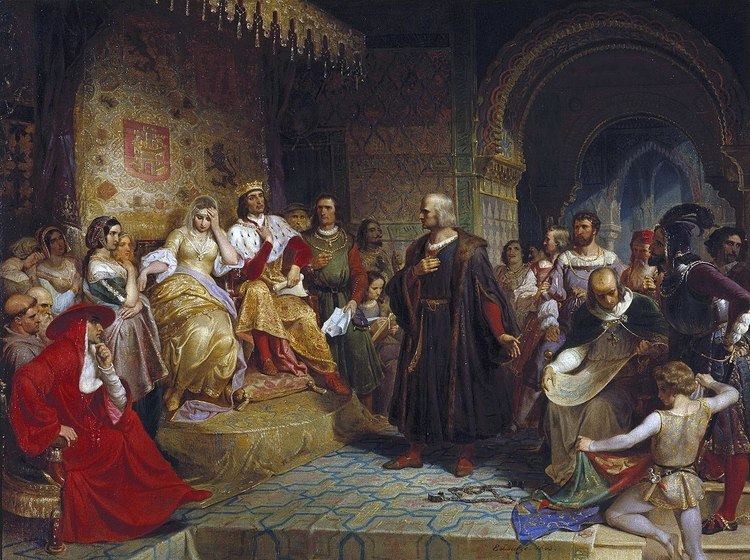 | ||
The following timeline covers European exploration from 1418 to 1957.
Contents
The 15th century witnessed the rounding of the feared Cape Bojador and Portuguese exploration of the west coast of Africa, while in the last decade of the century the Spanish sent expeditions to the New World, focusing on exploring the Caribbean Sea, and the Portuguese discovered the sea route to India. In the 16th century, various countries sent exploring parties into the interior of the Americas, as well as to their respective west and east coasts north to California and Labrador and south to Chile and Tierra del Fuego. In the 17th century, the Russians explored and conquered Siberia in search of sables, while the Dutch roughly worked on the chart for Australia. The 18th century saw the first extensive exploration of the South Pacific and the discovery of Alaska, while the nineteenth was dominated by exploration of the polar regions (not to mention excursions into the heart of Africa). By the 20th century, the poles themselves had been reached.
